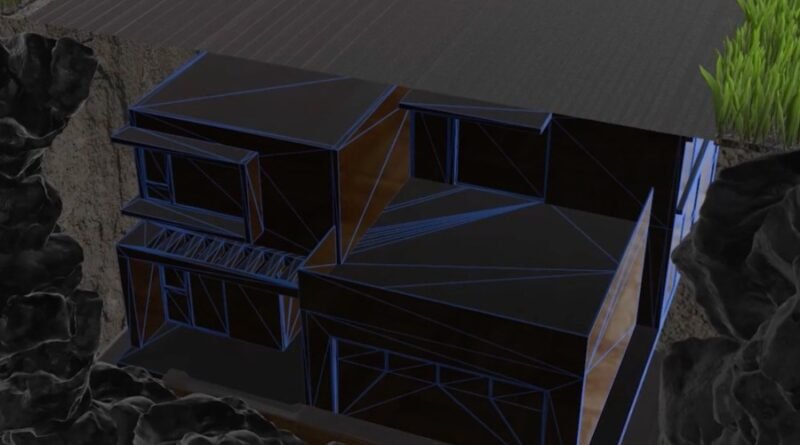A house that hides underground to survive wildfires?
Three days into his term as Malibu mayor, Mikke Pierson watched his hometown burn.
“I got to spend four years dealing with fire recovery,” Pierson said. “It’s a nightmare. It’s traumatic. It’s overwhelming.”
After the recent L.A. wildfires, Pierson believes new technology might be the answer.

“There is no way we’re ever going to have enough firefighters to stop or put out these big fires,” he explained. “You can’t stop them. You can’t put them out. So technology is exactly what we have to look towards.”
A House That Hides Underground
Holden Forrest thinks big. His solution is called HiberTec Homes.
“I wondered what would happen if we could put a house underground and bring it back up realistically,” he said. “And it started from that point.”

Five years, three patents, and a team of eight engineers later, HiberTec is set to build a prototype – a home that descends underground on hydraulics, protected by a sliding, fire-resistant cover. Even the utilities disconnect automatically.
“We were skeptical as can be at the beginning because we thought it was a crazy idea, just like most people will,” Forrest admitted.
The entire process would take about 15 minutes.

“The whole idea is to protect homes and lives in a way that’s never been done before in a revolutionary way,” he said.
A Fire Defense System That Fights Back
Gadi Benjamini is developing a system called FireDome, inspired by Israel’s Iron Dome missile defense system.
“We need to think of battling wildfires just as we battle in the battlefield,” Benjamini said.
FireDome launchers would detect and shoot out water or fire retardant on hotspots up to a quarter mile away, covering up to 100 acres.

“We’re fully autonomous. We don’t need anyone physically there to operate the system,” he explained.
Right now, they’re testing key components and hope to build a system in California by 2026.
“I think there’s a community of fire tech that is already out there, and we need to make it stronger,” Benjamini said. “We need to have more innovative people because this is one of humanity’s biggest challenges.”
Both of these systems are still in development, but they show how technology and creative thinking could help fight wildfires in the future.
